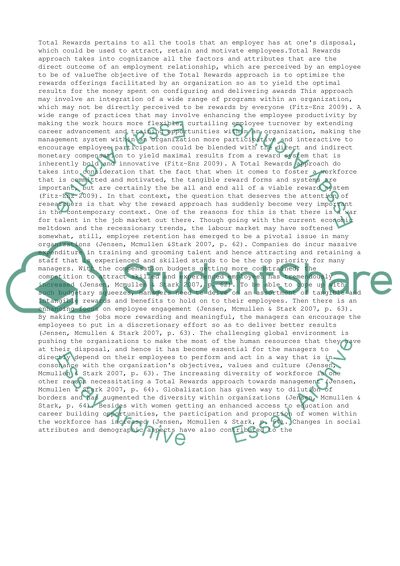Cite this document
(“Total reward -Job Satisfaction Literature review”, n.d.)
Total reward -Job Satisfaction Literature review. Retrieved from https://studentshare.org/business/1452347-total-reward-job-satisfaction
Total reward -Job Satisfaction Literature review. Retrieved from https://studentshare.org/business/1452347-total-reward-job-satisfaction
(Total Reward -Job Satisfaction Literature Review)
Total Reward -Job Satisfaction Literature Review. https://studentshare.org/business/1452347-total-reward-job-satisfaction.
Total Reward -Job Satisfaction Literature Review. https://studentshare.org/business/1452347-total-reward-job-satisfaction.
“Total Reward -Job Satisfaction Literature Review”, n.d. https://studentshare.org/business/1452347-total-reward-job-satisfaction.


